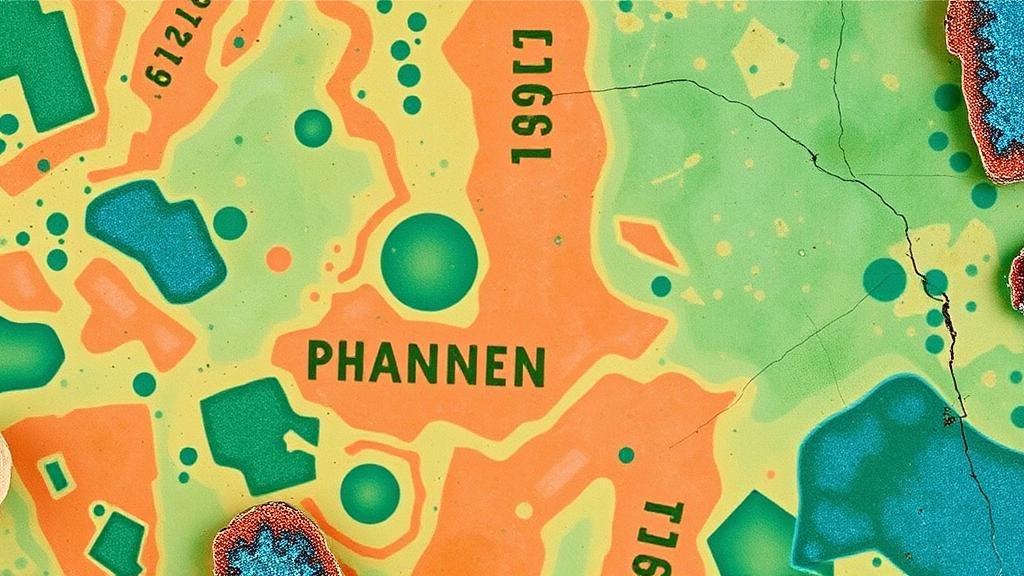How to Identify Green and Blue Stains as Clues to Copper Deposits
Identifying Green and Blue Stains as Clues to Copper Deposits
Copper is a valuable resource found extensively in both natural and industrial contexts. The identification of copper deposits through physical evidence, such as green and blue stains, is crucial for prospectors, geologists, and environmental scientists. This article explores how these stains form, their significance, and methods to identify them effectively.
The Chemistry Behind Green and Blue Stains
Green and blue stains often indicate the presence of copper minerals in the environment. e stains primarily arise from the weathering and oxidation of copper-bearing minerals. The most common forms of these stains come from malachite and azurite, which are copper carbonate and copper sulfate minerals, respectively.
When copper minerals are exposed to oxygen and moisture, a series of chemical reactions occurs:
- Malachite (Cu2CO3(OH)2) oxidizes to produce green stains.
- Azurite (Cu3(CO3)2(OH)2) results in blue-colored stains.
These minerals can form in various environments, particularly in arid and semi-arid regions, where evaporation is high. Areas where copper mining has occurred or where geological processes have concentrated copper are often prime locations to find these distinctive stains.
Identifying Green and Blue Stains
Recognizing these stains in the field involves a systematic approach. Here are some key identification methods:
- Field Observation: Examine rocky outcrops, soil, and sediments in areas of potential copper deposits. Look for vibrant green or blue discolorations.
- Physical Tests: Conduct scratch tests to differentiate between malachite and azurite. Malachite is relatively softer and can be scratched easily.
- Environmental Context: Assess the geological setting, including proximity to known copper deposits, mining operations, or hydrothermal activity.
Case Studies and Real-World Applications
The utility of identifying these stains is highlighted in various case studies. For example, the Great Orme mine in Wales is known for its extensive copper deposits and displays notable green and blue staining due to the presence of malachite and azurite. Prospectors have successfully identified new areas for exploration based on the visible evidence of these mineral indicators.
Also, environmental scientists utilize the presence of these stains to assess soil contamination in areas influenced by mining. The American Society for Testing and Materials (ASTM) highlights that recognizing such indicators can inform remediation strategies for polluted sites.
Health and Environmental Concerns
While copper is an essential nutrient in trace amounts, overexposure can lead to health issues and ecological damage. Understanding the source of green and blue stains is crucial for assessing potential risks. In environments with significant copper staining, the following concerns may arise:
- Soil Contamination: Elevated copper levels can inhibit plant growth and contaminate groundwater.
- Human Health: Prolonged exposure to high copper concentrations can lead to gastrointestinal issues and other health complications.
Mitigating these risks involves careful monitoring and establishing guidelines for permissible copper levels in soil and water.
Actionable Takeaways
To wrap up, identifying green and blue stains as clues to copper deposits is a fundamental skill for environmental scientists and prospectors. Here are some key takeaways:
- Familiarize yourself with malachite and azurite characteristics to improve field identification.
- Conduct environmental assessments surrounding copper staining to understand potential health and ecological impacts.
- Use case studies as learning tools to refine exploration strategies and soil management practices.
Through diligent observation and analysis, the identification of these stains can lead to successful copper exploration and environmental stewardship.



